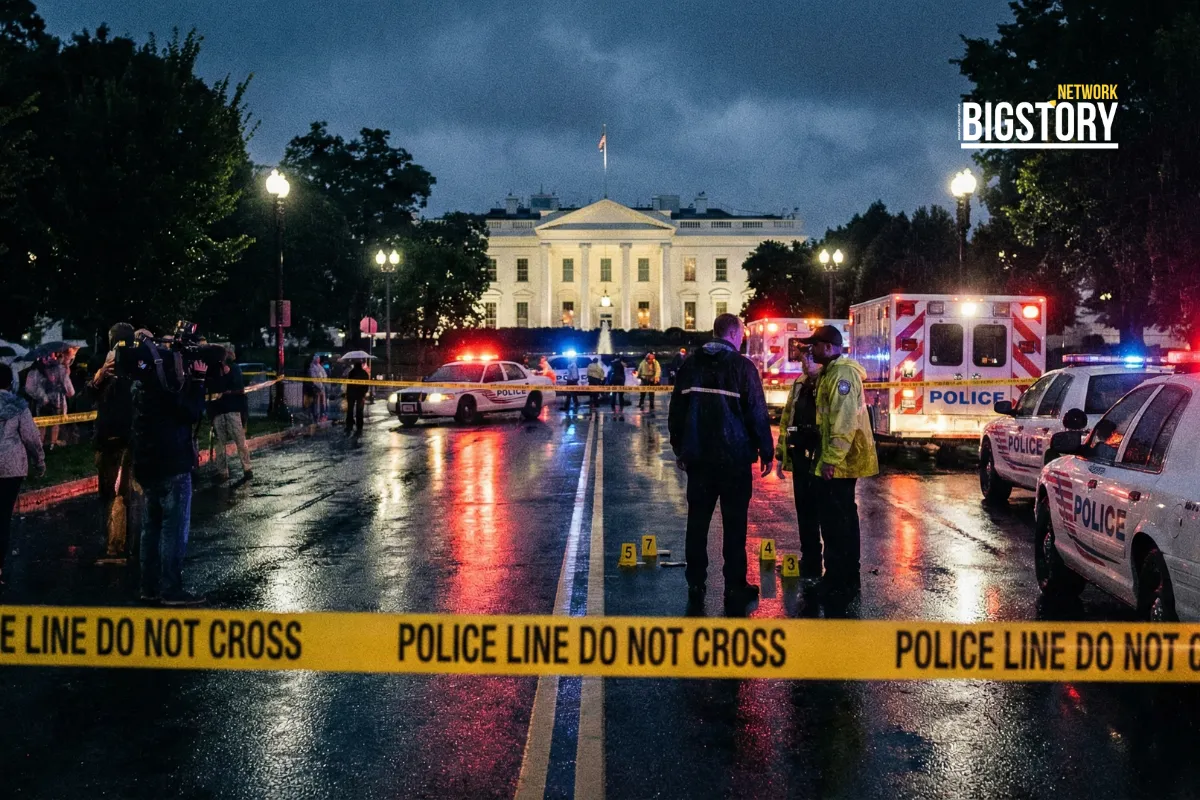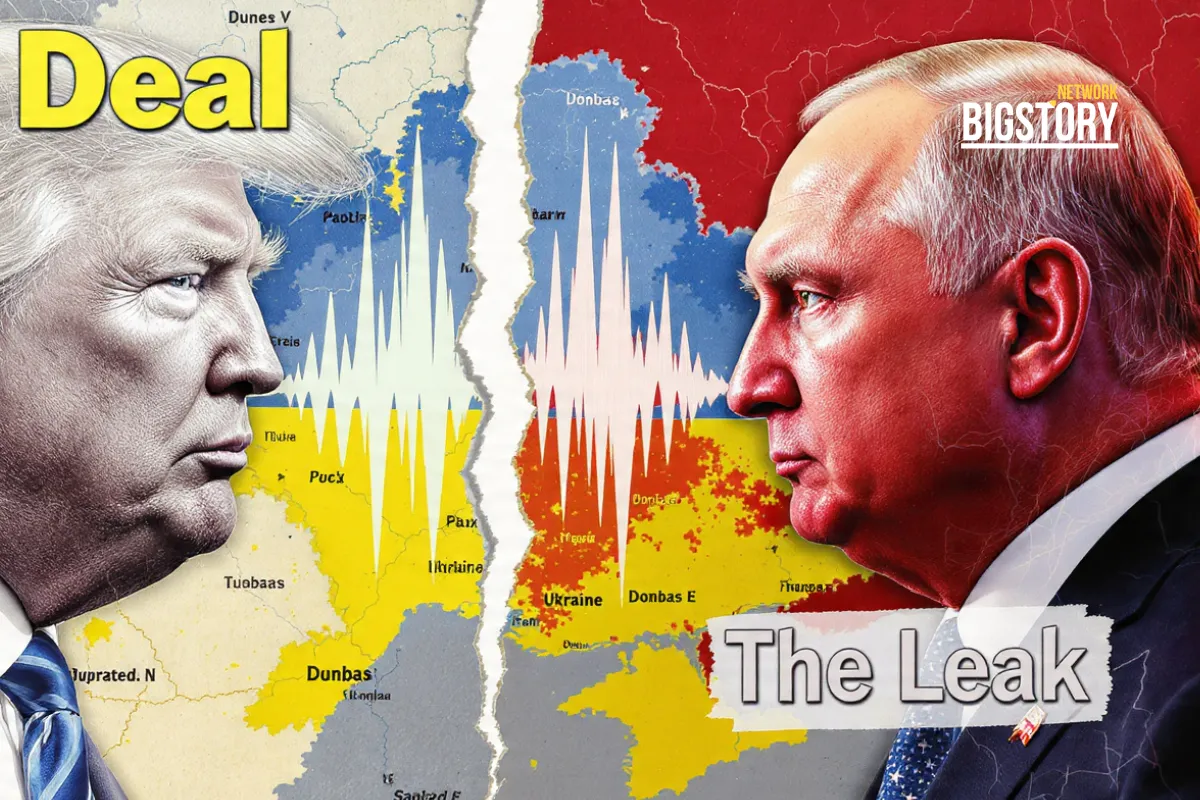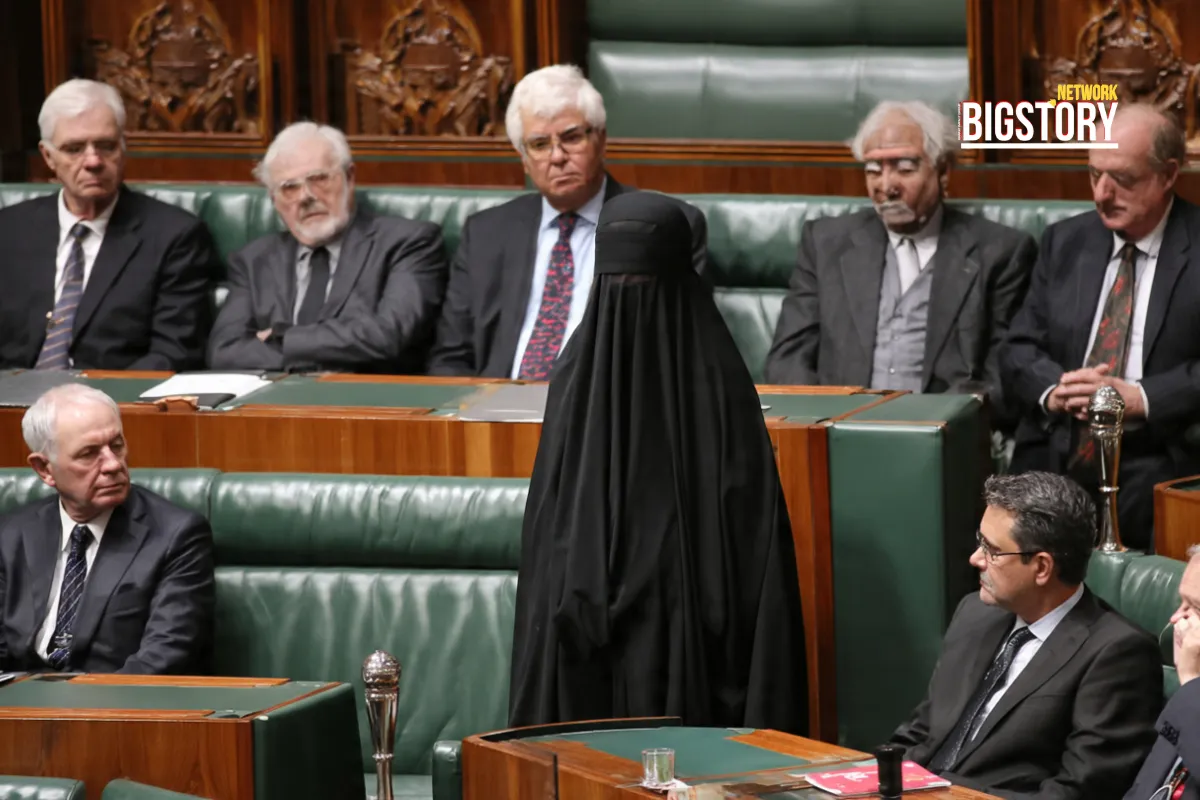Trump threatens to send Tomahawk cruise missiles to Ukraine unless Putin ends war. Russia warns of “dramatic escalation” as tensions hit Cold War levels.
 Sseema Giill
Sseema Giill
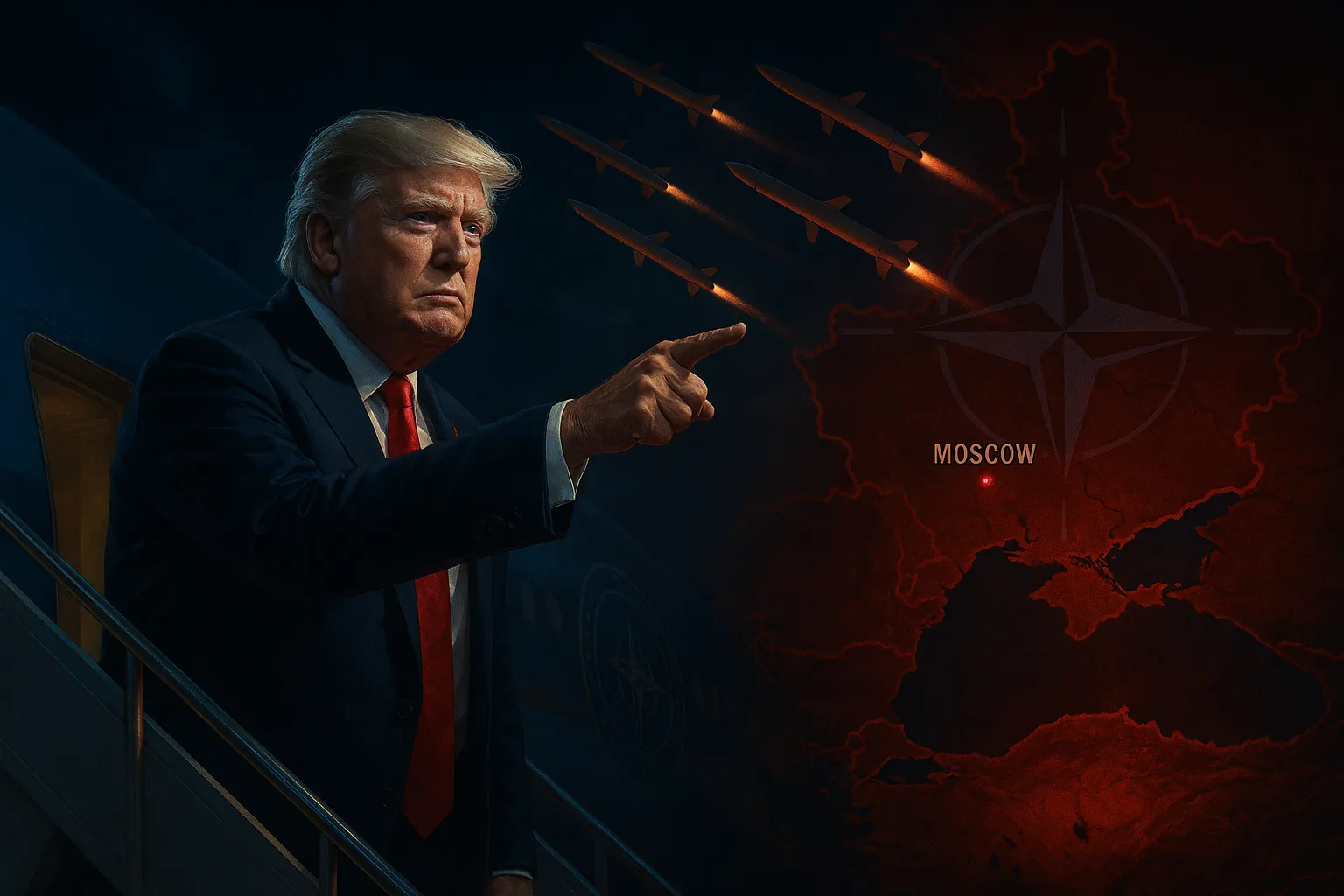
President Donald Trump has issued his most direct warning yet to Russian President Vladimir Putin, threatening to supply Tomahawk cruise missiles to Ukraine if Moscow does not move toward ending its war. The threat marks a dramatic escalation in U.S. pressure on Russia and signals a major shift in Trump’s Ukraine policy.
Speaking aboard Air Force One en route to Israel on October 12, Trump said he may tell Putin, “Look: if this war is not going to get settled, I’m going to send them Tomahawks.” The statement followed two consecutive phone calls with Ukrainian President Volodymyr Zelenskyy over the weekend, during which Kyiv reiterated its demand for long-range weapons.
Tomahawk cruise missiles have a range of up to 2,500 kilometers (1,550 miles), capable of reaching deep inside Russian territory — including Moscow. While most modern variants are conventional, some retired versions were designed to carry nuclear warheads. Security experts say even the threat of deployment significantly raises the stakes in the conflict.
Trump clarified that the U.S. would not directly sell the missiles to Ukraine but would channel them through NATO, which could then transfer them to Ukrainian forces. This would allow Washington to avoid direct escalation while still giving Kyiv unprecedented strike capabilities.
“The Tomahawk is an incredible weapon — very offensive,” Trump said. “Honestly, Russia does not need that.”
The ultimatum marks a sharp turn in Trump’s approach. Earlier this year, he suggested Ukraine might need to make territorial concessions for peace. But after Putin repeatedly rejected negotiations — including a failed summit in Alaska in August — Trump has grown visibly frustrated.
Last month, Trump publicly declared that Ukraine “could and should reclaim all occupied territory,” a notable reversal from his earlier stance. Analysts believe Trump’s current posture is aimed at forcing Putin back to the negotiating table while positioning himself as the leader who could broker a peace deal — and potentially strengthen his global political standing.
The warning comes amid intensifying Russian attacks on Ukraine’s energy grid ahead of winter. According to Ukrainian officials, Moscow launched over 3,100 drones, 92 missiles, and 1,360 glide bombs in the past week alone. Kyiv argues that long-range strike capability is essential to push back and neutralize Russian military infrastructure.
Ukrainian President Volodymyr Zelenskyy described his recent conversation with Trump as “very productive,” saying Tomahawks would be used “only against military targets in Russia.”
“This is about defending our people and energy infrastructure,” Zelenskyy said. “We respect international law.”
The Kremlin reacted sharply to Trump’s remarks. Dmitry Peskov, spokesperson for President Putin, called the threat “a very dramatic moment” and warned that any Tomahawk deployment would represent “a qualitatively new stage of escalation.”
Moscow highlighted the nuclear-capable variants of Tomahawk missiles, warning of the risks of misidentification during a launch. “Just imagine — a long-range missile is flying, and we know it could be nuclear,” Peskov said. “This is extremely dangerous.”
Putin himself has previously warned that supplying Tomahawks would cross a “red line” and claimed the weapons could not be used effectively without U.S. military involvement.
NATO allies have responded with cautious support. Estonian Foreign Minister Margus Tsahkna told ABC News that supplying Tomahawks would send “a very strong message to Moscow” and help “push Russia back.”
However, European governments are also wary of being sidelined in negotiations. Analysts at the Centre for European Reform noted that “Trump favours Putin over Zelenskyy” in previous talks and may pursue a U.S.-Russia deal without broad European input.
The missile threat is also part of Trump’s broader pressure strategy, urging European allies to assume more responsibility for regional security and warning of secondary sanctions against countries that continue to buy Russian oil.
Military analysts say that if Tomahawk deliveries move forward, Ukraine would be able to target arms depots, command centers, and military installations deep inside Russia. This could significantly shift the battlefield balance but also carries major nuclear risks.
Russian officials have repeatedly raised the issue of Tomahawk nuclear variants, which — even if not deployed — create dangerous ambiguity in real-time conflict scenarios.
Erin Dumbacher, a security analyst at the Council on Foreign Relations, said: “The Tomahawk threat is as much psychological as it is strategic. It pressures Putin, but it also increases miscalculation risk.”
The Tomahawk ultimatum lands as Russian drones have violated Polish and Estonian airspace in recent weeks, prompting NATO to bolster patrols and surveillance. Putin has announced plans to upgrade air defense systems and hinted at new nuclear deployments.
Belarusian President Alexander Lukashenko has urged restraint, suggesting Trump’s warning is more tactical pressure than an imminent weapons transfer.
Still, experts widely agree this marks the most serious U.S.–Russia confrontation since the Cuban Missile Crisis. Both sides acknowledge they are now in a “hot conflict” rather than a cold standoff.
Trump has said he has “sort of made a decision” but wants to understand Ukraine’s operational plan before signing off on Tomahawk deliveries. A final decision is expected in the coming weeks.
If approved, the move would radically expand Ukraine’s reach, intensify diplomatic pressure on Russia, and test NATO unity at a critical moment. For Putin, the ultimatum represents a direct challenge to his war strategy and potentially his domestic position.



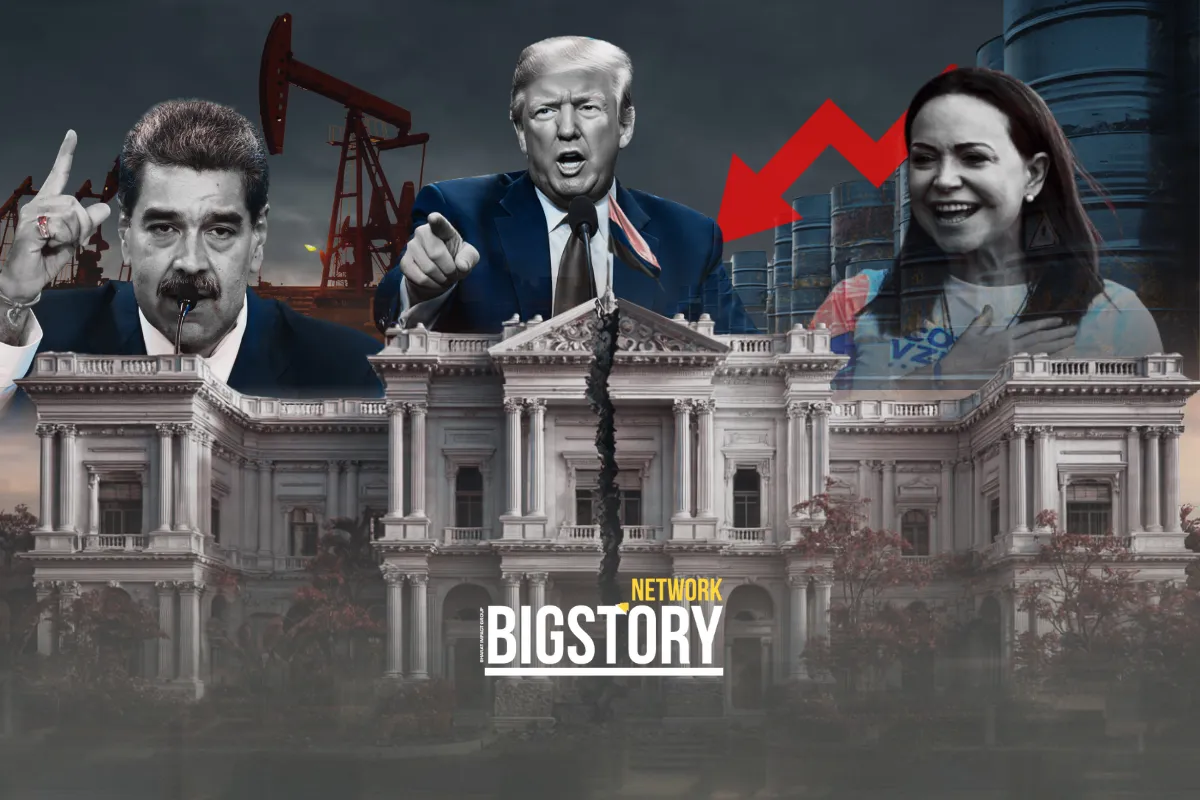


Sign up for the Daily newsletter to get your biggest stories, handpicked for you each day.
 Trending Now! in last 24hrs
Trending Now! in last 24hrs
